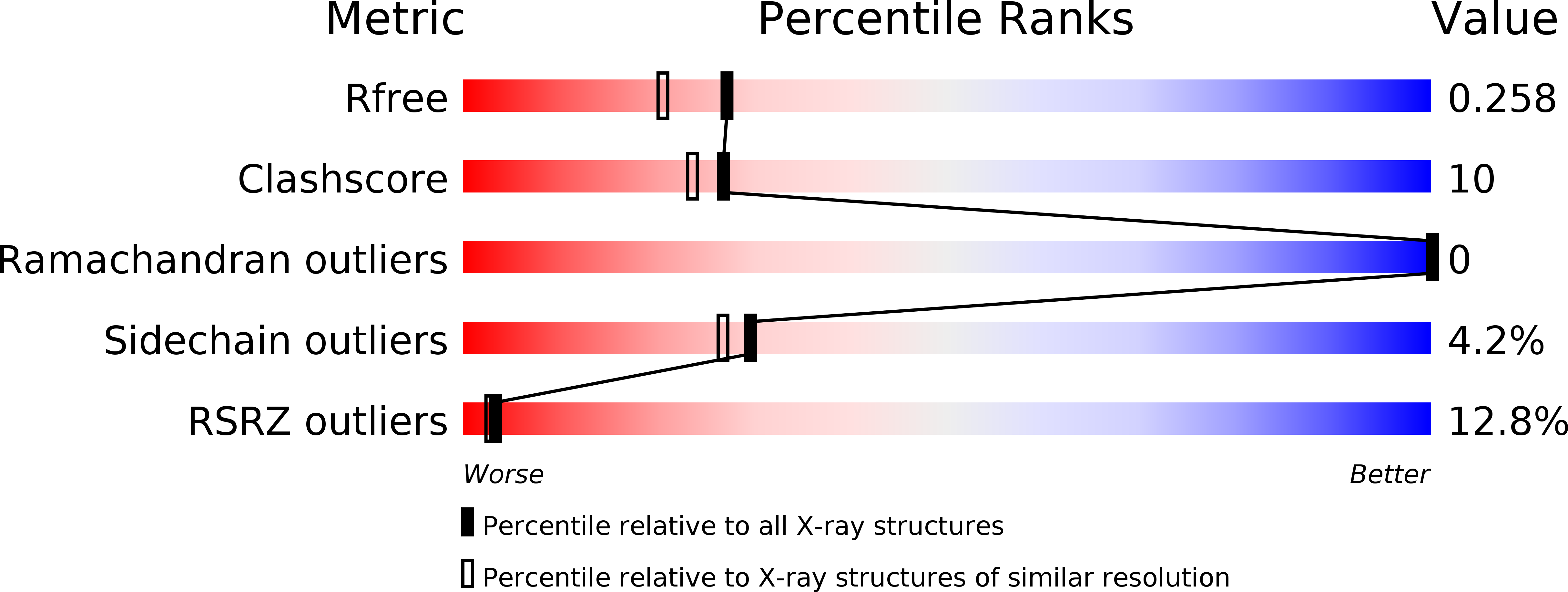
Deposition Date
2008-10-08
Release Date
2008-10-21
Last Version Date
2024-11-06
Entry Detail
PDB ID:
3ETP
Keywords:
Title:
The crystal structure of the ligand-binding domain of the EphB2 receptor at 2.0 A resolution
Biological Source:
Source Organism:
Mus musculus (Taxon ID: 10090)
Host Organism:
Method Details:
Experimental Method:
Resolution:
2.00 Å
R-Value Free:
0.26
R-Value Work:
0.19
R-Value Observed:
0.20
Space Group:
P 41 21 2


